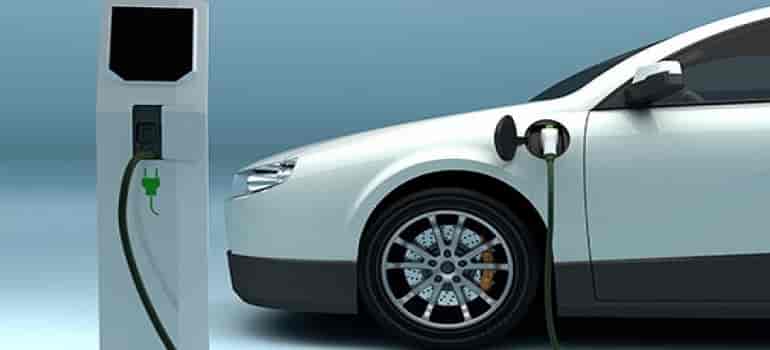The widespread application of Wireless Power Transfer (WPT) technology uses time-varying magnetic fields with low to high frequencies (30 kHz to 30 MHz), known as inductive WPT or magnetic field WPT. The frequencies utilized by wireless chargers fall well below the radio frequencies present in our daily lives. Unlike high-energy radiation, the electric and magnetic fields in the non-ionizing part of the electromagnetic spectrum do not cause harm to cells or DNA.
The magnetic fields employed in wireless EV charging are unable to penetrate through air, water, ice, wood, concrete, plastics, and other non-metallic materials, making them safe to pass through human bodies without any harmful interaction. This also leads to safer and more robust designs as compared to contact-based or wired charging, while also reducing the risk of electrocution and trip hazards. The latest report from IDTechEx covers the standards and safety features surrounding wireless EV charging systems in detail.
IDTechEx in its report notes that shielding is crucial for ensuring the safe functioning of wireless electric vehicle (EV) chargers. Without proper shielding, issues such as magnetic field interference with the EV or other objects, battery heating, and current circulation in metallic parts can occur. There are two main methods for shielding against low to medium-frequency magnetic sources, namely the use of ferrites for magnetic flux directionality and aluminum plates to reduce field leakage.
According to a report from IDTechEx, shielding is typically added underneath the transmitter pad and above the receiver pad, and players in the industry are not radiating electromagnetic fields, but instead recycling and containing the magnetic field within the pads due to its resonant, highly coupled, and shaped nature.
Foreign Object Detection (FOD)
The safety of wireless EV chargers is further enhanced by using foreign object detection (FOD) and living object protection (LOP) systems. These systems identify any metallic objects between the transmitting and receiving pad and can suspend power transfer.This is important as metal items, even small objects such as paperclips or coins may heat up and pose a burn risk. FOD can be achieved in a number of ways. For example, capacitive sensors in the pad can be used to monitor the performance of the coils. A metal object on the pad changes the capacitance, allowing its presence to be detected. That does not necessarily detect organic objects, such as an animal on the pad in a garage, though. Optical sensorsaround the edge of the plate using infrared LEDs and photodiode detectors or even Lidar can be used to detect both metal and organic objects on the pad and switch off the charging process if an obstruction is detected.
IDTechEx research finds that it is important for players to be mindful of interoperability, electromagnetic compatibility (EMC), and safety from the early stages of the development process. Knowing the requirements and standards in place is essential to ensuring that products are compliant and that product redesign and testing time and the cost is minimized. The report “Wireless Charging Market for Electric Vehicles 2023-2033: Technology, Players and Forecasts” provides insights on the industry R&D status along with the outlook for future developments.


